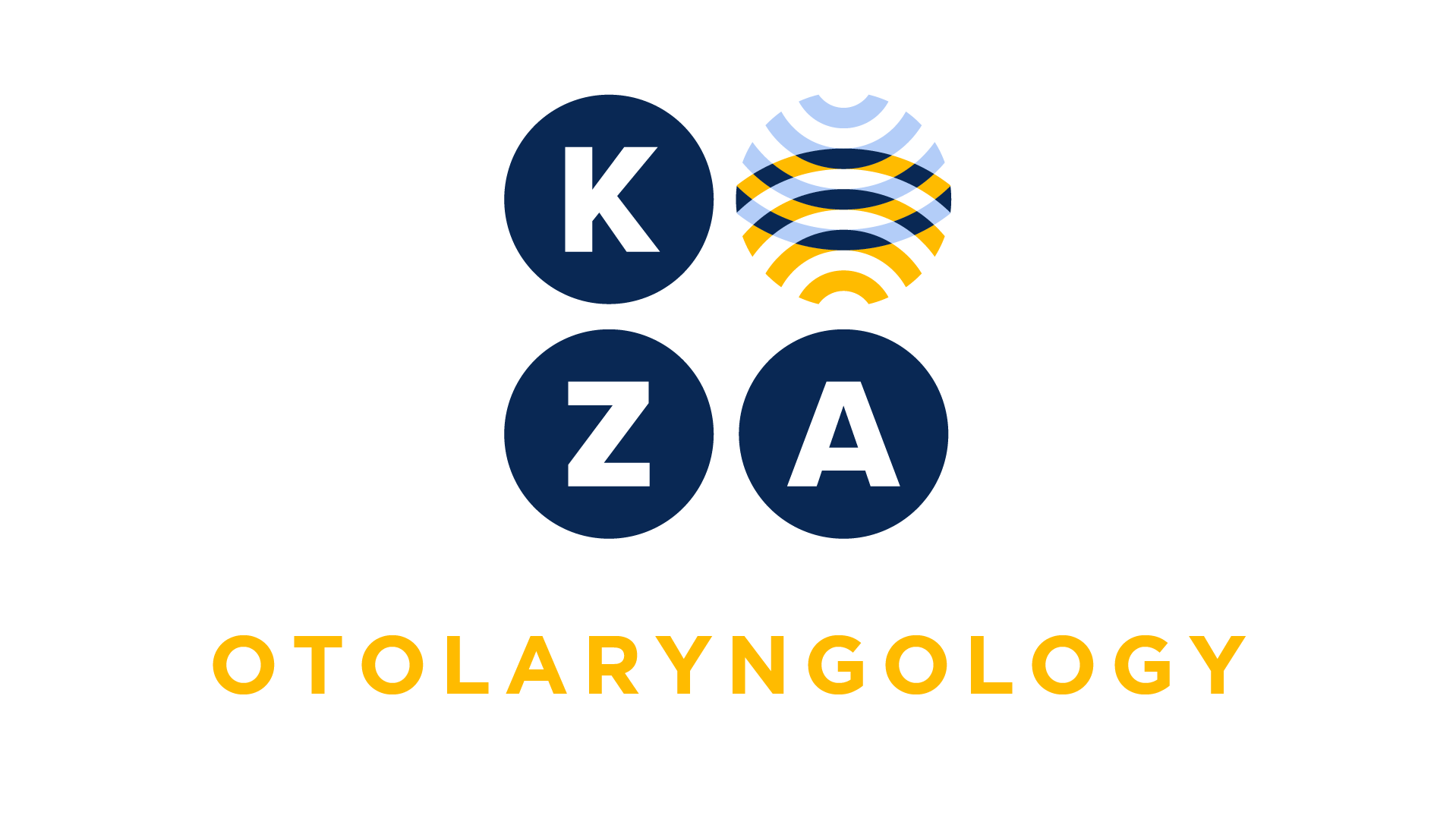
Choose your specialty from the list below to see how our experts have tackled a wide range of client questions.
Looking for something specific? Utilize our search feature by typing in a key word!
Diagnosis Coding for Reconstruction Following Mastectomy
Our plastic coders are debating ICD-10 coding for reconstruction following a mastectomy. We want KZA to provide some guidance. Should we be reporting breast cancer (C50.-) as primary ICD-10?
Question:
Our plastic coders are debating ICD-10 coding for reconstruction following a mastectomy. We want KZA to provide some guidance. Should we be reporting breast cancer (C50.-) as primary ICD-10?
Answer:
Thank you for your inquiry.
For breast reconstruction following mastectomy, often, three ICD-10 codes are assigned for this encounter. Let's explore and walk through this below.
For the primary ICD-10, since the plastic surgeon is performing the reconstruction and not treating cancer with the mastectomy, it would be appropriate to report Z42.1 and not the malignant neoplasm of breast ICD-10.
As a secondary ICD-10, the plastic surgeon would assign a code for the acquired absence of breast Z90.1- to reflect left, right, or bilateral acquired absence of breast.
Depending on the timing of the reconstruction, a third ICD-10 of either a malignant neoplasm breast (C50.-) or a personal history of malignant neoplasm (Z85.3) are options to consider.
If this is an immediate reconstruction, a malignant neoplasm of breast C50.- could be reported.
If this is delayed reconstruction and the patient has completed all cancer treatment, ICD-10 Z85.3 for a personal history of malignant neoplasm breast could be reported.
Remember - ICD-10 supports the medical necessity of the services and work performed, and documentation should support the ICD-10 codes reported.
*This response is based on the best information available as of 3/27/25.
Biopsy Following Mohs Surgery
I have received conflicting information and would appreciate clarification. I had a patient referred to me by a family physician for a possible basal cell carcinoma. The patient has never had a biopsy. I did a punch biopsy and the diagnostic frozen section which confirmed a morpheaform basal cell carcinoma and performed a stage 2 Mohs procedure 17311 and 17312. Can I bill for the biopsy even when I did the Mohs surgery on the same date?
Question:
I have received conflicting information and would appreciate clarification. I had a patient referred to me by a family physician for a possible basal cell carcinoma. The patient has never had a biopsy. I did a punch biopsy and the diagnostic frozen section which confirmed a morpheaform basal cell carcinoma and performed a stage 2 Mohs procedure 17311 and 17312. Can I bill for the biopsy even when I did the Mohs surgery on the same date?
Answer:
The answer to your question is yes, you can bill the punch biopsy (11105-59) and the frozen section (88331-59) in addition to Mohs surgery. If a biopsy has not been performed within the last 60 days prior to Mohs surgery, you can report the biopsy and frozen section. Make sure you append Modifier 59 to the biopsy and frozen section to identify that the procedure was distinct and separate.
*This response is based on the best information available as of 3/13/25.
Should the Acupuncturist be Present
When a patient receives acupuncture for 30 minutes, does there need to be personal one-on-one contact with the patient in addition to re-inserting the needles?
Question:
When a patient receives acupuncture for 30 minutes, does there need to be personal one-on-one contact with the patient in addition to re-inserting the needles?
Answer:
CPT coding for acupuncture is based on the time spent actively performing the procedure. This includes selecting the acupuncture points, inserting the needles, monitoring the patient’s response, and making any necessary adjustments. All these tasks require direct interaction with the patient throughout the treatment session. Essentially, the billing code reflects the dedicated time the practitioner spends actively treating the patient, not just the needle insertion itself.
Therefore, yes, the acupuncturist must be present for the entire procedure.
*This response is based on the best information available as of 3/13/25.
Difference between Preoperative and Postoperative Diagnoses
Is there a difference between a pre-operative diagnosis and a post-operative diagnosis?
Question:
Is there a difference between a preoperative diagnosis and a postoperative diagnosis?
Answer:
Preoperative diagnosis is based on the “reason for the surgery” or the condition affecting the patient leading to the necessity of the surgery. Underlying co-morbidities that can affect the surgical outcome or represent a risk to the patient can also be included but the documentation must support their relationship to the patient risk.
Postoperative diagnoses are based on the findings determined during the surgical procedure. Post-op diagnosis may be the same as the pre-op diagnosis or may be more definitive.
*This response is based on the best information available as of 3/13/25.
Is documentation of HPI and Exam Necessary in Determining a level of E/M?
With the 2021 and 2023 Guideline changes, is it necessary to document an HPI and Exam when neither counts towards the level of service?
Question:
With the 2021 and 2023 Guideline changes, is it necessary to document an HPI and Exam when neither counts towards the level of service?
Answer:
As described in the most recent AMA E/M guidelines, documentation of a history of present illness (HPI) and an exam are no longer required to contribute to the level of an E/M service. Today, documentation of medical decision making, or time are the sole determinants supporting a level of E/M. E/M documentation should include a medically appropriate history and examination. While the nature and extent of the history and exam is to be determined by the clinician, they add to the medical necessity of the visit and provide a more complete representation of the patient condition for continuity and coordination of care with other clinical providers.
*This response is based on the best information available as of 3/13/25.
Esophageal Sphincter Augmentation for GERD
How is esophageal sphincter augmentation for GERD reported?
Question:
How is esophageal sphincter augmentation for GERD reported?
Answer:
Report CPT code 43284 for laparoscopic placement of the augmentation device (i.e. magnetic band). CPT code 43285 is reported for subsequent removal of the device.
*This response is based on the best information available as of 3/13/25.







